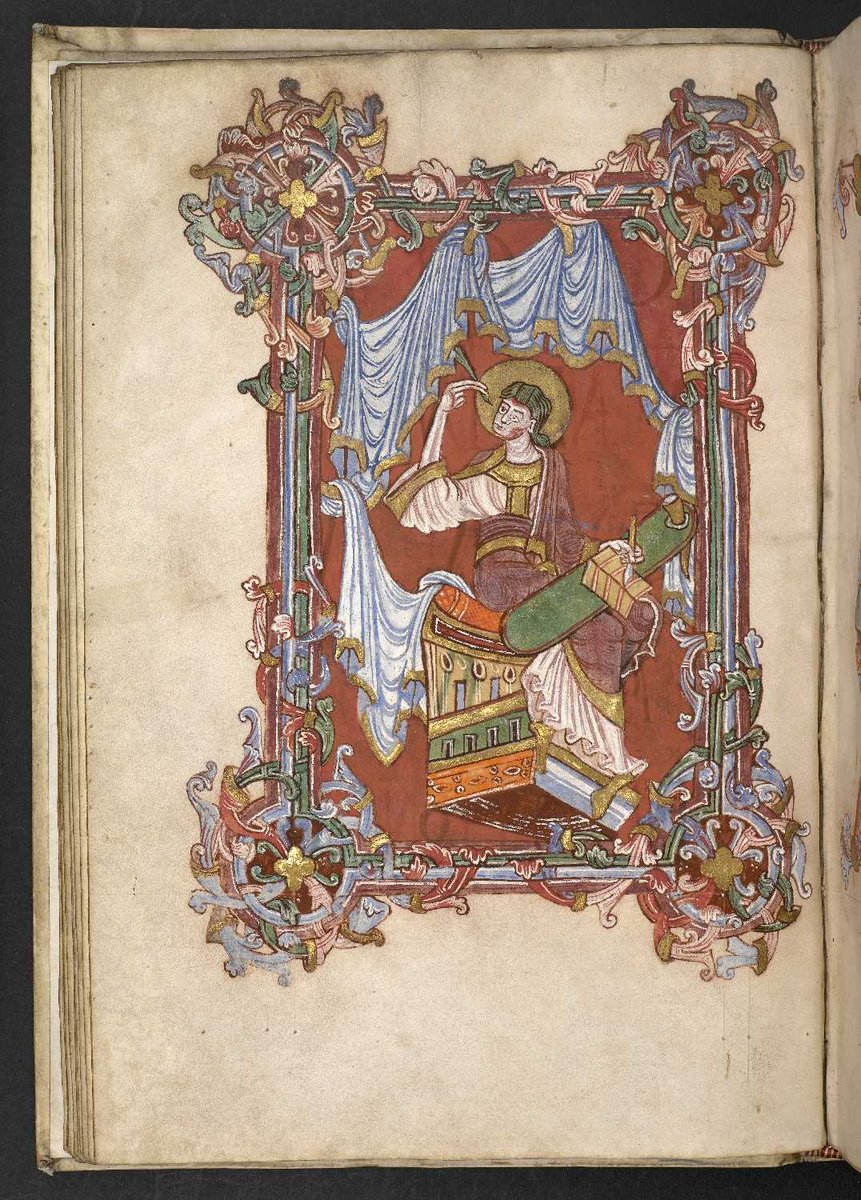

(This is a reproduction of the Recto side of the manuscript) This tiny manuscript has been nicknamed ?The Jesus Papyrus?. He astounded the scholastic world by concluding that the Magdalen fragments were either an original from Matthew's Gospel, or a direct copy, written while Matthew and the other disciples and other eye witnesses were still alive!

and one from the Egyptian town of Oxyrhynchus, dated 65-66 A.D.

one from Masada, dated between 73-74 A.D. one from the Herculaneum, dated prior to 79 A.D. Thiede compared the fragments with four other known references: a manuscript from Qumran, dated to 58 A.D. Carsten Peter Thiede, Director of the Institute of Basic Epistemological Research in Paderborn, Germany, used a scanning laser microscope to more carefully examine these fragments, "P.Magdalen Greek 17/P64," as they are formally designated.Ī scanning laser microscope can now differentiate between the twenty micrometer (millionth of a meter) layers of papyrus, measuring the height and depth of the ink, and can even determine the angle of the stylus used by the scribe. In 1953, Colin Roberts, a British papyrologist, claimed that these papyrus fragments were probably from the late second century A.D but it would be 40 years later that persistence and newer technology would reveal that these three small fragments are apparently the oldest New Testament manuscripts in existence, contemporaneous with the Apostles themselves and other eye witnesses! (This indicates that they were most likely from a Codex rather than a scroll as scrolls were generally written on one side while a codex used both sides not unlike the pages of a modern book). There are a total of 24 lines, text on both sides. The three segments contain the text of Matthew's Gospel in Greek, Chapter 26, verses 23 and 31. In the late 1800s, Charles Huleatt, who studied Egyptology, purchased three small fragments of papyrus that were found in Upper Egypt which he then subsequently bequeathed to Magdalen College, Oxford, in 1901. Each item will vary slightly from the photo as each is handmade. The scroll is approximately 125mm (5 inches) long in folded form. Scroll made from genuine Egyptian papyrus, with cast seal impressions made from originals from the Old Testament period. This item has been buried and excavated to give the look of an ancient scroll. There is no text within the papyrus scroll and the seals are as examples only. This items is purely a display model only. The seals are all impressed with various seal impressions (not necessarily those in the image). The ties are also entwined within the scroll so that they cannot be easily slipped off the end of the scroll. The seals are applied over part of the knot so that the scroll cannot be tampered with, without breaking the seals. The papyrus scroll has been rolled and then folded so as to create a secure seal which is then tied and sealed by three witnesses. This is a reproduction of a papyrus scroll found in Egypt dated to around the time of Jeremiah.


 0 kommentar(er)
0 kommentar(er)
